Making a career decision is difficult at any stage of life. When you are finishing school and have to decide, it’s hard to sort through all the options and possibilities. But it is even more difficult when you are an adult, possibly with family responsibilities, perhaps in the new country where you still don’t have all the information you need, and facing the financial pressures that come with having to settle into a new place.
There are many factors to consider. Would this career choice allow you to earn enough to support your financial goals? Are jobs plentiful in this field? Will the job be fulfilling and meaningful? Are there opportunities for promotions and career growth? Will it allow you the work-life balance you need? Not only are there multiple factors, but the question is whether all these factors really matter to you equally. Perhaps work-life balance is more important to you than salary or career growth, whereas others might prioritize earning potential. Given everything involved, it isn’t easy to make a rational choice.
The Decision-Matrix Method, or Pugh Method, is a weighted decision matrix, allowing you to weigh the factors that are important in your decision against each other when making your choice. Thus it can help you think more rationally through all the factors you need to consider.
This is how it works. Try it for yourself.
Draw a table with up to seven rows and six columns, like this:

Next, complete the following steps:
- First, list all of the career options that you are considering as rows in the lefthand column.
- Next, list five factors you need to consider, as column headings across the top. Factors may include salary, travel time, meaningfulness, work-life balance, etc.
- Rate the relative importance of each factor for you, scoring them from 1 (not important) to 5 (most very important). For example, if meaningful work is more important to you than work-life balance, give it a 5, and work-life balance a 4. There is no right or wrong rating — it is completely up to your personal preferences.
- Now, go through each career option in the table and score them for each factor. Give each career a score between 1 and 5 for how well they meet each factor. For example, how are you going to earn the salary you want working in that career? How likely are you to have opportunities for advancement? You might need to do some research into your career choices to gather this information. Conduct a job search using Google to gather information about the jobs in your careers of interest.
- Next, multiply each score by the relative importance rating you’ve already entered for each factor. Then total them up for each option.
When you’ve completed this last step, the option with the highest score will be your best choice.
Is it what you expected? If not, why?
Still stuck? JVS Toronto offers Career Exploration Coaching. Our certified counsellors will identify your skills and interests, and uncover the career path that will make you feel happy, successful and fulfilled.



Leave a Reply